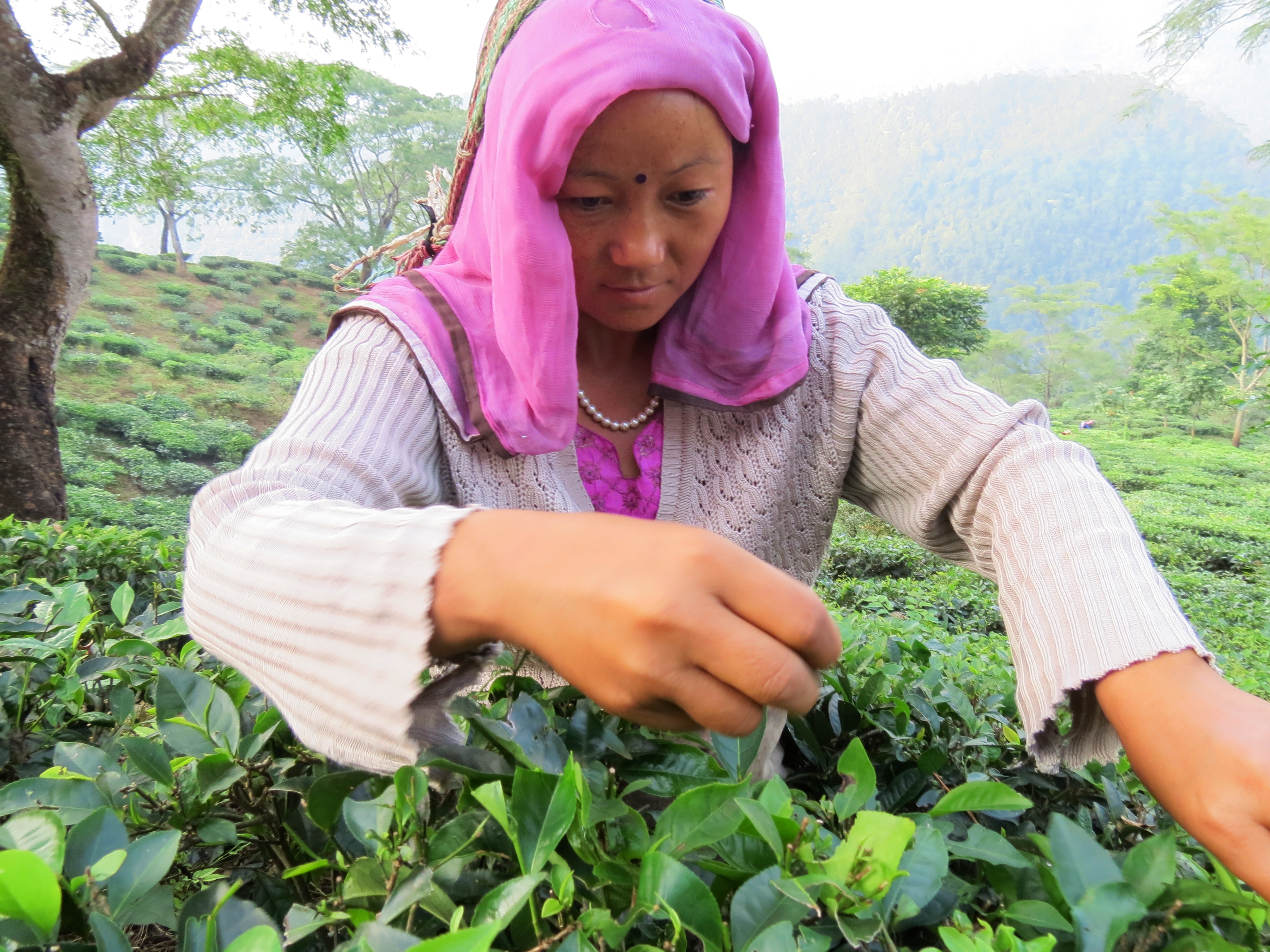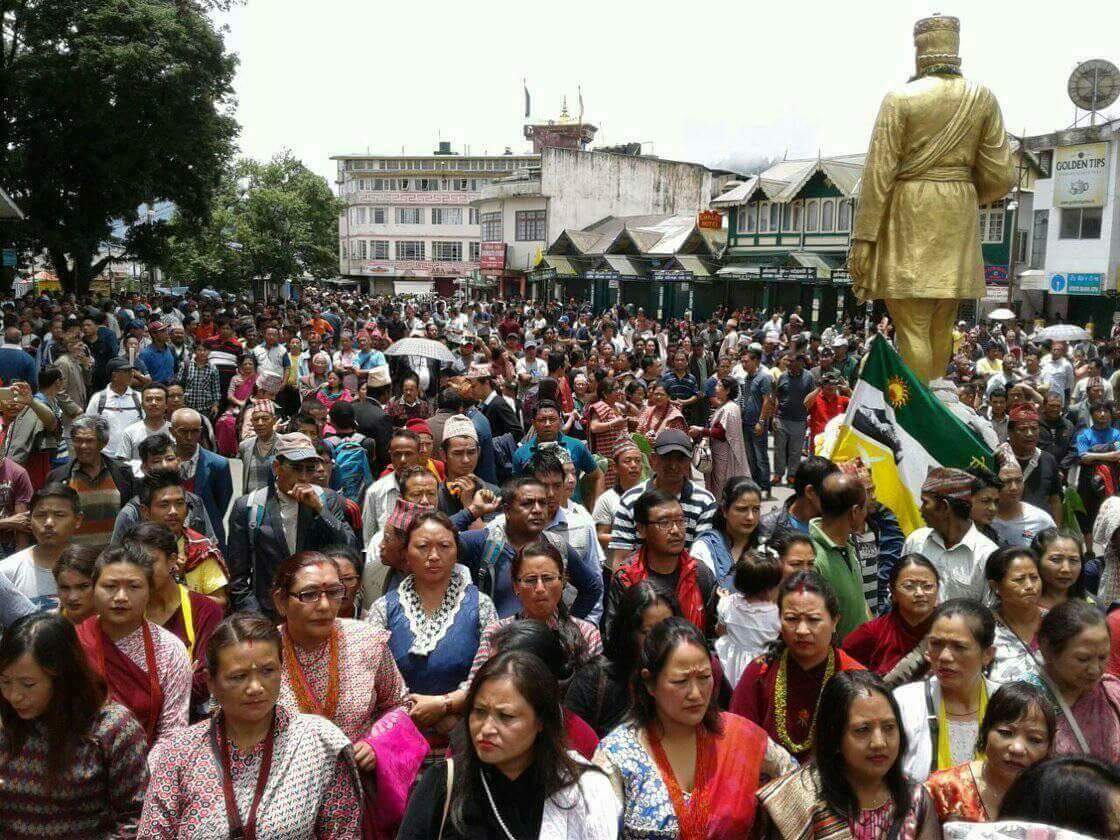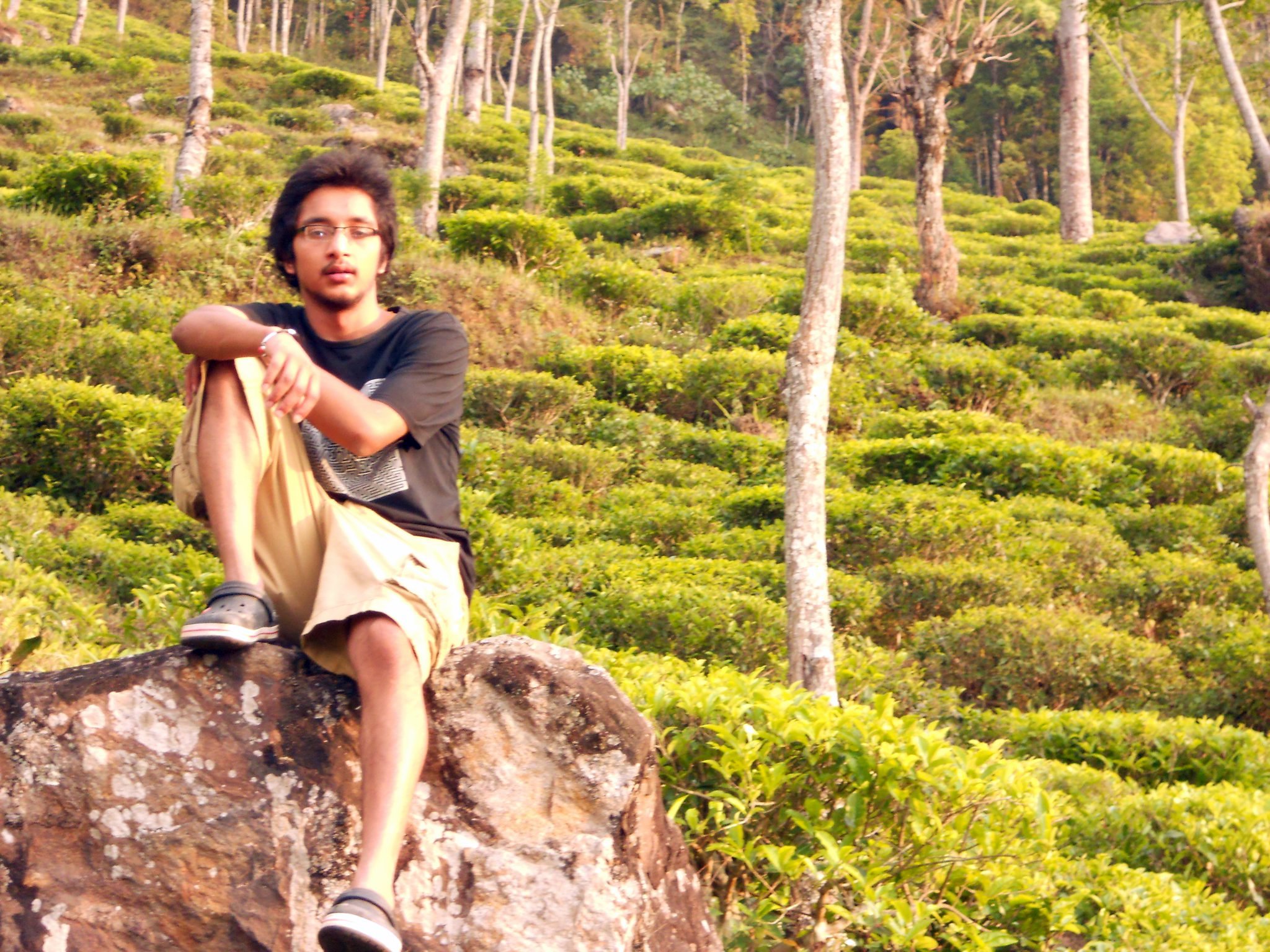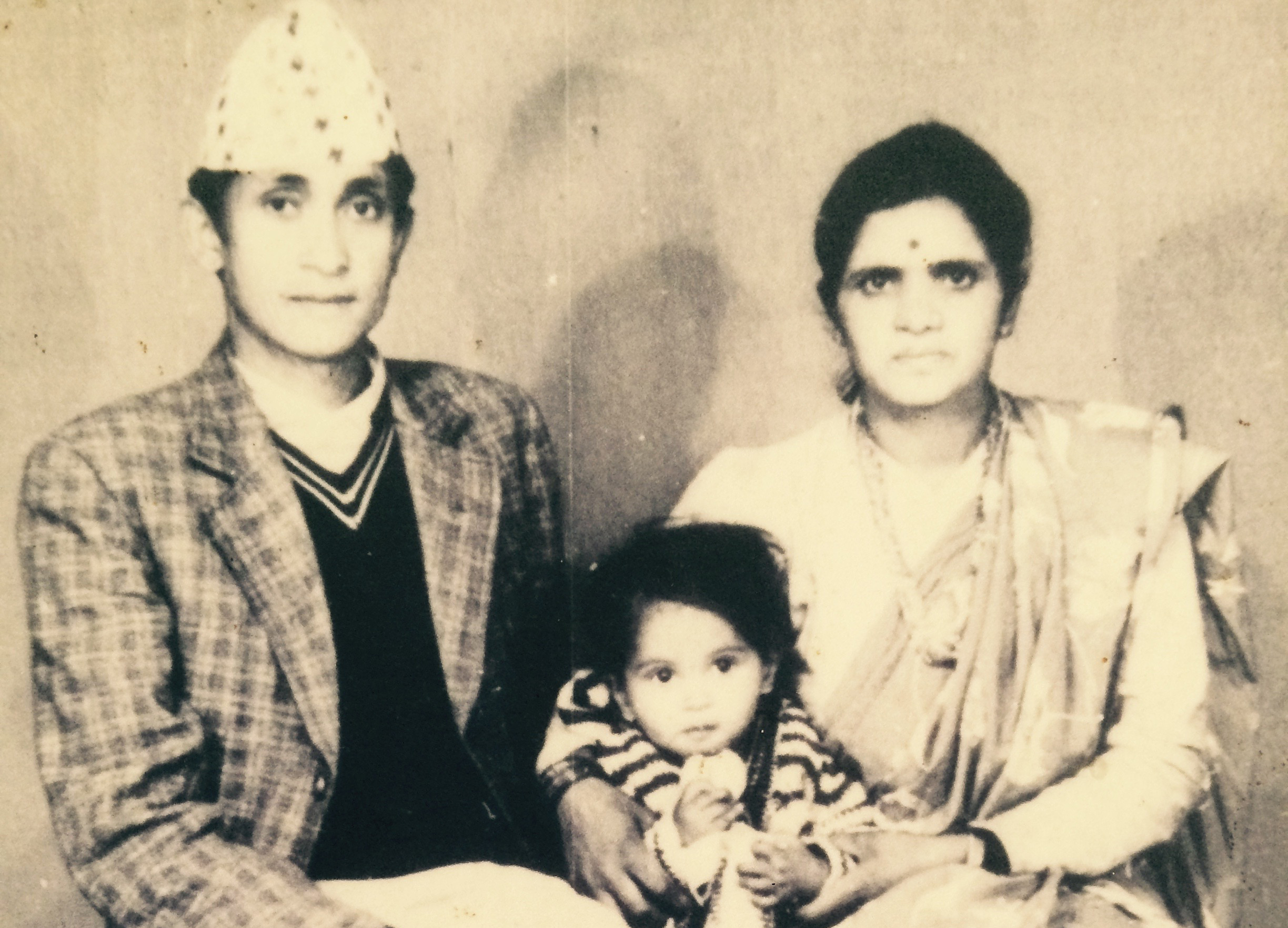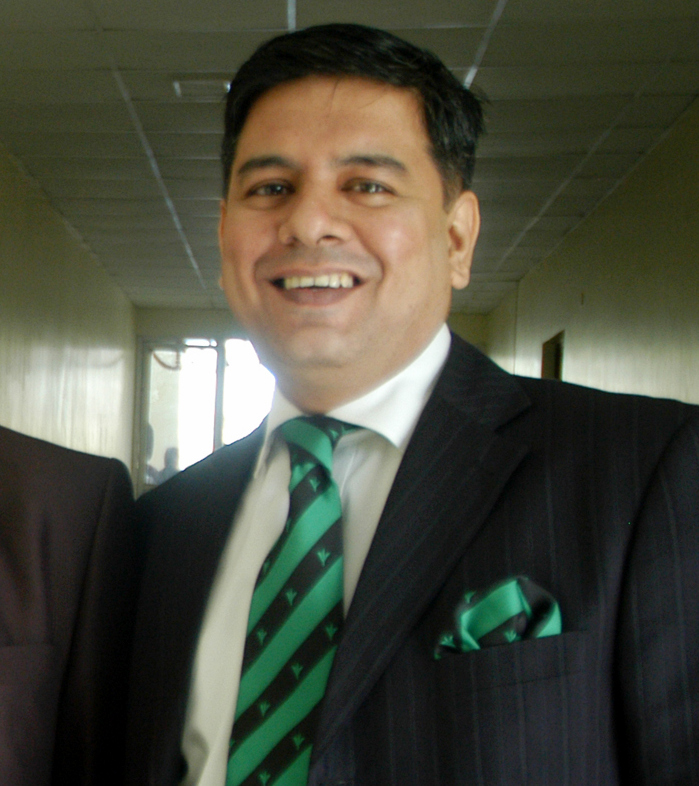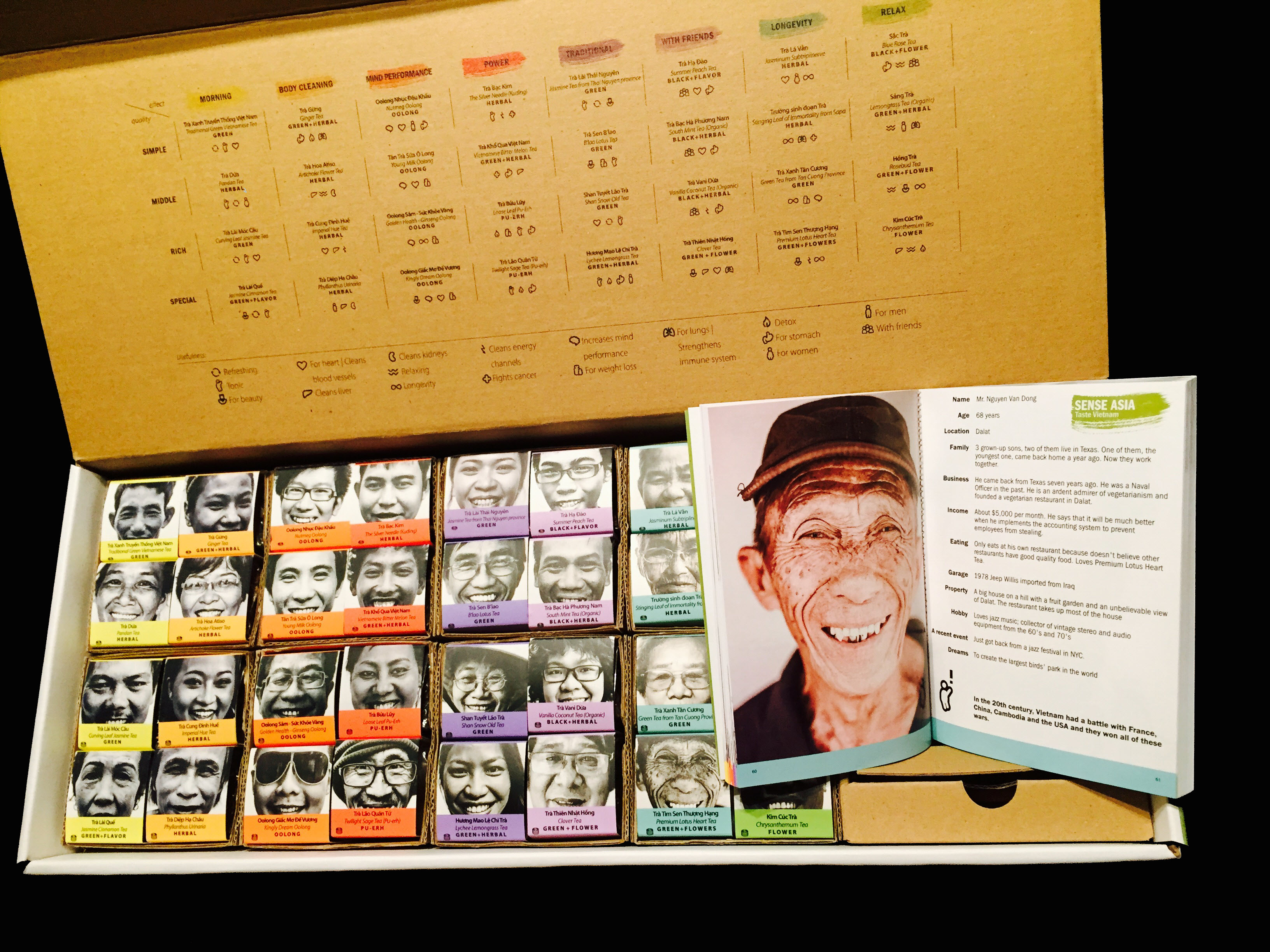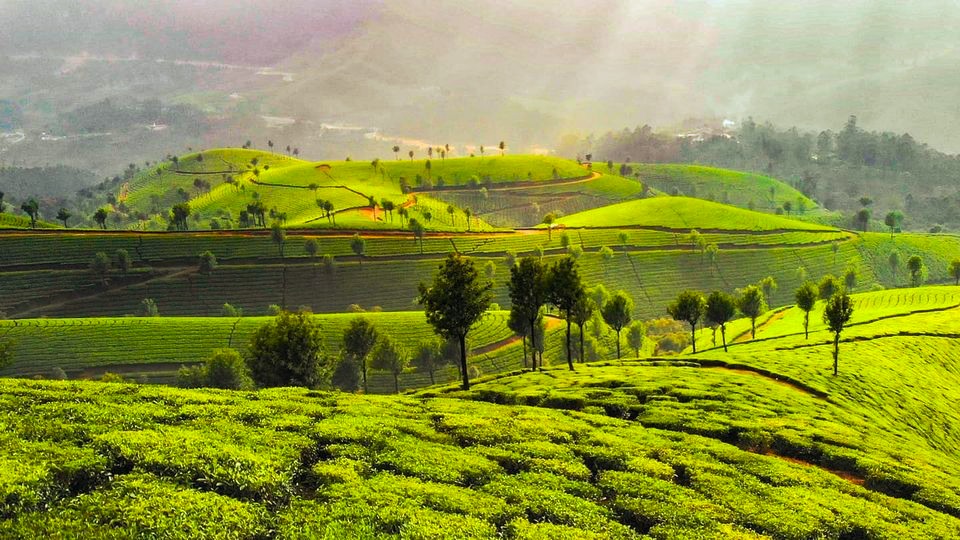
Narendranath Dharmaraj has spent nearly five decades in plantation and agribusiness management. In this conversation he talks about the viability of the Indian tea industry and in particular the outdated nature of the plantation model. Dharmaraj has proposed an alternative where he recommends that estate owners distribute land-ownership in favor of the plantation employees and buy back the raw material through a co-operative outfit. Here, we speak to him on how this model will especially address the issues of labour and wages that have hit an impasse.
What in your opinion, are the main problems affecting the Indian tea industry that have prompted the need for a structural change?
Dharmaraj: As in any other business, the three fundamental tenets of business are production, in this case, crop production, the sale price and the cost. What is unique about this business is that crop production is rather weather dependent, increasingly so in an era when we are well and truly feeling the impact of climate change. Tea is a rain-fed crop largely and in the recent past, the rainfall pattern has become very erratic. No longer are growers able to control the crops and even predict it with any degree of accuracy. So crop – not that it ever was – is increasingly out of the control of the management. Price, it’s a commodity and depends on the global supply and demand, particularly after WTO* has come in. Prior to that we had a protectionist kind of market, particularly, the south Indian teas had a captive USSR market as part of the rupee-rouble agreement. I remember the joke those days used to be that an Indian student going to study in the USSR was expected to take a container of tea with them. That’s how good it was.

But with the disintegration of the USSR and the advent of the WTO when quantitative restrictions were lifted, there was global movement of commodities. Consuming countries were able to source cheaper teas from southeast Asian producers like Vietnam, Indonesia etc. This impacted the Indian price very much. Our exports suffered. The year 2000 was a watershed year, since then the industry has been seeing a downslide.
Going back, the crop is not in your control, the price is not in your control, and that leaves only the cost. What is unique about our tea industry is that 65% of its cost is wages. That is, as you know, completely usual. In any business, the max will be 15% as the load of manpower cost. Here you are talking about 65%.
Having done operational plantation work for four decades, I am convinced that the only really controllable factor in this business is the cost, namely the employee cost. And employee cost is increasingly getting largely out of management. Because disposable income in the country and the world as a macro scenario is going up. Much as planters claim that although cash wages is less, we are giving them other benefits like housing, schooling and preschool, childcare, medical help etc., ultimately with the exposure that people are having through media and social media, they are comparing what they earn with the cash wages that the other industries are paying or that the urbanites are getting. There will be aspirational demand for increasing cash wages and of course, the one which is typical to plantation, the wage-related social and welfare cost will continue to remain. So wages are also beginning to be an aspect beyond the management control. You cannot run a business like that, where the three fundamental tenets of the business are completely beyond your control.
Everyone will recommend that branding is the panacea for all ailments. If you look at branding history in tea in particular, you will find that the packers and branders are not the producers. Packing and branding and retailing does give good margins but it’s not the producer doing all that. When producers did that by forward integrating, like what the Tatas did with Tata Tea and Tetley, and what Unilever did by backward integration by merging Tea Estates India and Doom Dooma India Limited with Brooke Bond, in either case they quit from plantations. I call this the “When milk is cheap why own a cow” syndrome.
When you can source teas cheaper from the market why bear the cost of having to produce it. So branding as a panacea, value addition, moving up the value chain, in my mind, unless it is done by the producer, it doesn’t make any sense. What happens is that when producers become successful in that, they say, ‘Well. I don’t have to necessarily produce.’

All this makes one think what is the economic and socially sustainable model for the plantation industry, for both owners and the large number of workforce dependent on it. The industry is unique in that it employs hundreds of thousands of people, the rural population, in a manner of speaking. Therefore the model has to be such that it supports them from the social and economic standpoint and gives economic sustainability to the owners. As I said, wages will continue to rise, living conditions will continue to be under pressure. In today’s world, everyones looking for transparency in the value chain and thanks to block chain technology etc. consumers want to know the share that each stakeholder is getting, working backwards from the consumer price.
What this means is further pressure on the business. It’s already in trouble and these troubles will make it worse. In terms of data, taking 1985 as the base year, wages have gone up by 8 times in real terms, whereas prices have gone up 2 times. This is a huge disparity between wage increase and price increase and that gap is going to widen. The other standard response by producers is to increase volumes. In a business with 65% of its cost of production on wages any increase in volume also comes with a huge cost. Additional volume doesn’t always give you the contribution of a positive bottom line. So to my mind the standard response of trying to increase volumes is not going to help.
Ultimately we need to look at a model which is self sustaining, which is holistic in terms of how it will take care of the interest of the growers and the workforce. What we are looking at is a model, when I recommend distribution of land and ownership in favour of the workforce, We are looking at something similar to a Bought Leaf model. Bought Leaf business never loses money because you work backwards from the End Price. (End Price – Cost) – Margin = the price you pay the producer for raw material.
We are suggesting a model where existing employees become owners of the land, become smallholders who will supply raw material to the body corporate who will then process and market it.
In 2004-05, Tata Tea exited its plantations in Munnar, transferring ownership to its employees creating the Kannan Devan Hills Plantations Company Pvt. Ltd. (KDHP) But it hasn’t been without its share of problems. What would you say didn’t work here?
Dharmaraj: The KDHP model was an evolution in this direction. With KDPH, the Tatas diluted shareholding in favour of employees with the primary objective, I’d imagine, to create a greater sense of participation and accountability. But, taking a ringside view of it, I don’t think that purpose got served at all. For a couple of reasons: it was not backed by adequate sharing and communication because again, drawing from my own experience dealing with the workforce, unless you explain the scenario, that going forward if they don’t increase the output, the costs will escalate, the business will suffer… that kind of awareness was not brought. The employees thought that suddenly the company has become very generous and are giving them shares. So the sense of accountability didn’t really come in.
Even here, in the new model, it will be a big challenge because there is a mindset issue. If I say ‘brainwashing’ it will be a bad word but I am using it to convey the flavour of what I have in mind. They (Workers) have to be told that if this model continues the way it has been continuing there will be pressure on wages. More wages brings pressure on margins, which means more estates will close down, more estates will lose money… the same vicious circle will go on.
The KDHP model didn’t really work. I believe that Tata companies were not able to pay dividends beyond 2015 because the industry itself was in trouble.
As much as the workforce needs to be informed and educated, what would be the producers response to this model?
Dharmaraj: Before we address employees we need to address the producers. My own experience so far, of being a propounder of this concept, is that there have been some progressive employers who are looking at it positively, as a holistic and sustainable way forward. A lot of them will be skeptical about it. For the simple reason that they all think that this land is an asset. To my mind this land is no longer an asset. These lands, across India in tea growing areas, these large land holdings were exempt from Land Ceiling Act (LCA) because they were large organised industries. About five plantations, including tea, coffee, rubber, cocoa, were exempt from the LCA and were allowed to be held in land banks. The original ownership pattern differs from state to state. Kerala and West Bengal are leasehold lands while Tamil Nadu and Assam are freehold lands. Irrespective of what the title is, one stipulation which has made them qualify for the exemption from land ceiling is that they are mandated to use it only for plantation. In other words, you cannot alienate it for real estate or any other purpose. An asset gets its value only when it’s transactional. When it’s not transactional and when you can’t monetise it, where’s the value? It’s only on paper. So I think it’s a bit of a fallacy. I know it’s a mindset issue. People need to be made to look at stark reality. I am convinced the going forward plantation has to simply survive on operational margins. Gone are the days when you can say you are a landowner and give it a value and put it on your balance sheet… It’s a mirage, it’s no longer valid.
Land ownership is increasingly under a cloud. And also the ownership pattern. Before the 1970s these were pure line plantation companies. They made money, they put it back in plantation business, it grew like that. Today, after the FERA rules and ownership shareholding was mandated to be diluted, especially the English held, sterling companies changed ownership and became part of Indian multi business groups. To them, it’s yet another business and ultimately it will work on which business in their portfolio gives the highest returns. Even the management structure of plantations has undergone change, and therefore there is a crying need for a sustainable model.
How will the model you propose impact quality and therefore pricing?
Dharmaraj: Therein lies the challenges. It’s important to form a cooperative unit, ideally a group of estates supplying raw material to a factory becomes a cooperative unit. Now that cooperative unit is necessary in order to maintain the organised cohesive nature of this business enabling economies of scale, economies of efficiency, which tend to get a little diluted when there is fragmented ownership. Safeguards have to be built in. The technical guidance and supervision of these holdings should continue to remain with the body corporate so that they control the output, control the quality and provide a price incentive for better quality leaves, which even today is being done in the Bought Leaf business. Many factories give extra money for better quality leaf. Those to my mind are manageable issues. I am not taking them for granted but with proper agreements in place I think those can be achieved.
What about labour itself? The other recurring concern is shortage of labour. How would this model address that?
Dharmaraj: Just the other day I was checking about the workforce in Kerala. We were under the impression that the workforce was 3-4 lakh (300,000-400,000). I was surprised to get the number as 40,000. That’s how much the number has dwindled in time. That’s because the younger generation don’t want to work in plantations. Even if they were to get lesser earnings elsewhere they would prefer to work in white collar jobs than in plantations.
Shortage of labour is a huge issue. But I imagine the decentralised model will itself address the issue. Drawing back on my experience, when you frame them over a 8-hour period, the output is restricted mentally. When I was a young manager, once – without permission from the management and I got rapped on the knuckles for doing so – I said I am giving you flexi time. In an estate of 500 hectares with x number of workers, you can plan how much has to be covered each day. So I said, “As long as you harvest the fixed area, you can go home. They started going home by 3 o’clock, 2 o’clock and at one point, they were done by mid day. They are physically and mentally capable of higher output. You need to create the right working conditions for that. You can give people two types of incentive – money or time. In this case time was given as incentive. And it was working. Women could go look after their children. They have a kitchen garden and they had time to work on it. When you are owners you put in heart and soul in work you deliver.
In this model, in a way, a flexi working time will come because they are no longer employees governed by labour laws. They are their own owners, masters of their time. They know that green leaf of only a certain quality will be accepted or that this is the quality that will give them X+. They will adapt to it. It’s a spinoff benefit of this scheme that is driven in terms of leading to greater worker output.
How realistic is the adoption of this model?
Dharmaraj: Like all changes, everyone is not going to dance with joy. A lot of homework needs to be done. I have been speaking to progressive companies on this. Some are very keen to see this taken forward. There are many questions to be answered but there are progressive companies are willing to look at it carefully. It’s possible to find volunteers, and I have suggested doing this on a modular basis, maybe select a geographical area, establish the working principles of such a model.
This model will be particularly useful in reopening closed estates. There are many in Kerala and West Bengal. They are in bad shape, in the sense they are in economic and social disarray. What has happened here is that local power groups have taken over. In a way what we proposed is happening there by default but not in an organised fashion. Employees have taken over the land because employers have not been paying wages, they have stopped production, they have abandoned plantations. But what has happened is that some local leaders, or trade unions or local mafia become the controlling point. They make money, and the real reward and price don’t go into the hands of the workmen.
We are talking about a model that is deliberate, that is preplanned, that is blessed by the body corporate, that is blessed by the government, that is blessed by the workforce and trade unions who represent them. I am sure the government and trade unions will see this as a great step forward.
The plantation model is outdated. It still has a colonial ring to it. The dwellings of workers are called lines… I know that owners give them facilities. Many companies provide what they are mandated. But with all that, it still gives the idea of being a labour camp. Whereas give them a facility to create a dwelling for themselves, with an area earmarked for growing vegetables, then there is an emotive connect to the whole thing. It’s very difficult to quantify that kind of emotive connection. I think these are the things to be sold to the workforce. Someone asked, why should they opt for this when they are assured of wages? This is where information sharing and communication becomes important. If we continue the same way, more estates will be abandoned, companies will be unable to meet obligations. If we don’t check it with a disruptive model, five years down the line the industry will be in shambles, if not already, as portrayed by parts of Kerala and West Bengal.
It’s a reality we are looking at, and not just in India. The plantation business is in trouble in Kenya and Sri Lanka also.
On my part, I feel I owe it to the industry that has sustained me over four decades. It needs a breakthrough and if I can contribute to that, I will be gratified.
*India became a WTO member in 1995
EDITOR’S NOTE:
K. Mathew Abraham, managing director at Kanan Devan Hills Plantations (KDHP), asked that Tea Biz post this rejoinder.
Abraham writes that “Contrary to what is stated in the interview above, we would like to clarify that KDHP is one of the most successful large tea plantation companies in South India with an annual production of 25 million kilos of tea.
“Proof of this can be seen from KDHP’s performance since its formation more than 15 years ago. KDHP has been continuously generating profits, barring two years and KDHP has paid dividends every year.
“As further proof of the success of the model, we would like to highlight that plucking productivity has increased by more than 70% since inception, which is a clear indication of the involvement of the employees in this success story. In 2015, KDHP was ranked No. 1 for employee participation and involvement by Great Place to Work Institute India.
“Most interestingly, the communication cascade undertaken during formation of the company resulted in more than 98% of the workforce voluntarily becoming company shareholders with an employee director and a staff director nominated to the Board — probably the first of its kind in the industry.”
Subscribe and receive Tea Biz weekly in your inbox.



